Comparison Between TFT and AMOLED Display
In the realm of display technologies, two prominent contenders often stand at the forefront: Thin Film Transistor (TFT) and Active-Matrix Organic Light-Emitting Diode (AMOLED) displays. Both technologies have their own set of characteristics, advantages, and applications. Understanding the disparity between TFT and AMOLED displays is crucial for making informed decisions when purchasing devices such as smartphones, tablets, and televisions.
What is TFT?
TFT, short for Thin Film Transistor, is a type of display technology commonly found in LCD (Liquid Crystal Display) screens. TFT technology utilizes thin film transistors to control individual pixels on the screen, enabling sharper images and better color reproduction compared to traditional passive matrix displays.
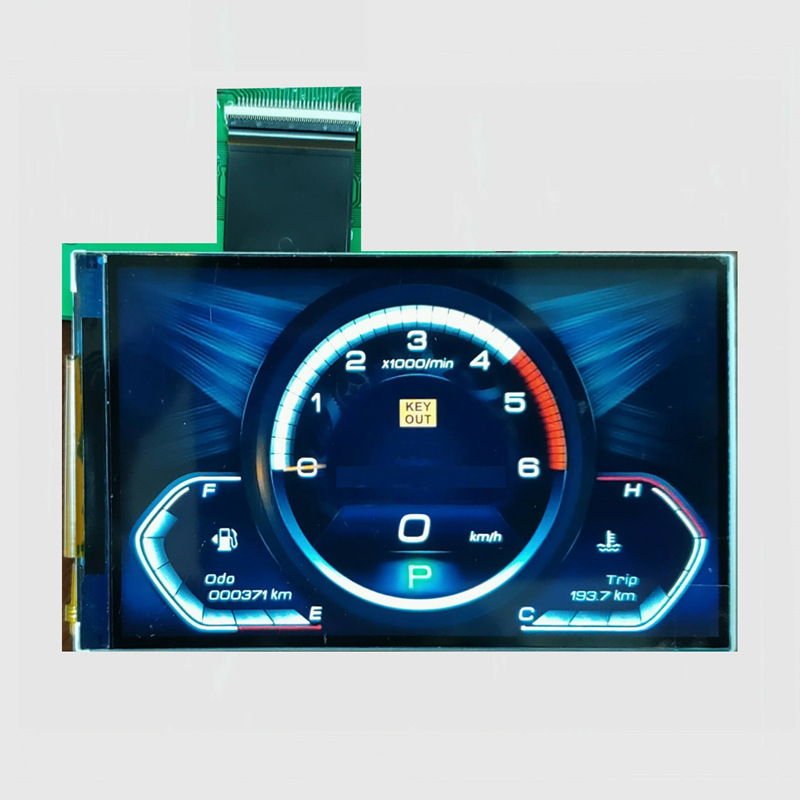
Key Features of TFT Displays:
High Resolution: TFT displays offer high-resolution visuals, making them suitable for applications requiring detailed images and text.
Fast Response Time: With rapid pixel response times, TFT displays excel in scenarios where motion clarity is essential, such as gaming and multimedia playback.
Wide Viewing Angles: Modern TFT panels boast improved viewing angles, ensuring consistent image quality even when viewed from different perspectives.
Energy Efficiency: TFT displays are relatively energy-efficient, prolonging battery life in portable devices.
Understanding AMOLED Displays
AMOLED, or Active-Matrix Organic Light-Emitting Diode, is a display technology that differs significantly from TFT. Unlike TFT displays that rely on backlighting, AMOLED screens emit light directly from individual pixels, resulting in deeper blacks and higher contrast ratios.
Notable Features of AMOLED Displays:
Vibrant Colors: AMOLED displays deliver vibrant and saturated colors, offering an immersive viewing experience for multimedia content.
Additional reading:What Is Digital Signage and How Does It Work?
What is the Difference Between TN and HTN LCD?
Raycom Attend the 6th China (Kunming) South Asia Social Public Security Technology Expo 2023
What is the difference between welding cable and normal cable?
Do String Lights need to be UL certified?
A Guide To The Automotive Starter Battery
Exploring the Versatility and Benefits of Electrical Flexible Conduit
Infinite Contrast Ratio: With the ability to turn off individual pixels completely, AMOLED screens achieve an infinite contrast ratio, enhancing the overall image quality.
Flexible and Thin: AMOLED technology enables the creation of flexible and thin displays, leading to innovative form factors such as curved and foldable screens.
Power Efficiency: AMOLED displays consume less power compared to TFT screens, particularly when displaying darker content, contributing to extended battery life.
Comparison Between TFT and AMOLED
Image Quality
TFT displays offer excellent image quality with high resolution and color accuracy. However, AMOLED screens surpass TFT in terms of contrast ratio and color vibrancy, providing more visually appealing visuals, especially in dark environments.
Power Consumption
While both TFT and AMOLED displays have their own efficiency advantages, AMOLED technology generally consumes less power due to its ability to turn off individual pixels. This feature is particularly advantageous for devices with predominantly dark or black content.
Durability and Lifespan
TFT displays are known for their robustness and longevity, making them suitable for applications requiring extended usage. On the other hand, AMOLED screens may be prone to image retention and burn-in over time, particularly if static images are displayed for prolonged periods.
Conclusion
In conclusion, the disparity between TFT and AMOLED displays lies in their underlying technologies and performance characteristics. While TFT screens excel in resolution and reliability, AMOLED displays offer superior image quality and energy efficiency. Understanding the differences between these two display technologies is essential for selecting devices that align with specific usage requirements and preferences.
Additional reading:Advantages and Applications of Gas Insulated Switchgear
Understanding ESD Protection: How PCB Consumables Prevent Static Damage
The Anatomy of Precision Instruments PCBA
SMT PCB Buffer vs. Conveyors: Which Is Better for Your Assembly Line?
Explore The Range of Waterproof Connectors Suitable for Motors
How to waterproof LCD display?
LCD Display Backlight
106
0
0
Related Articles


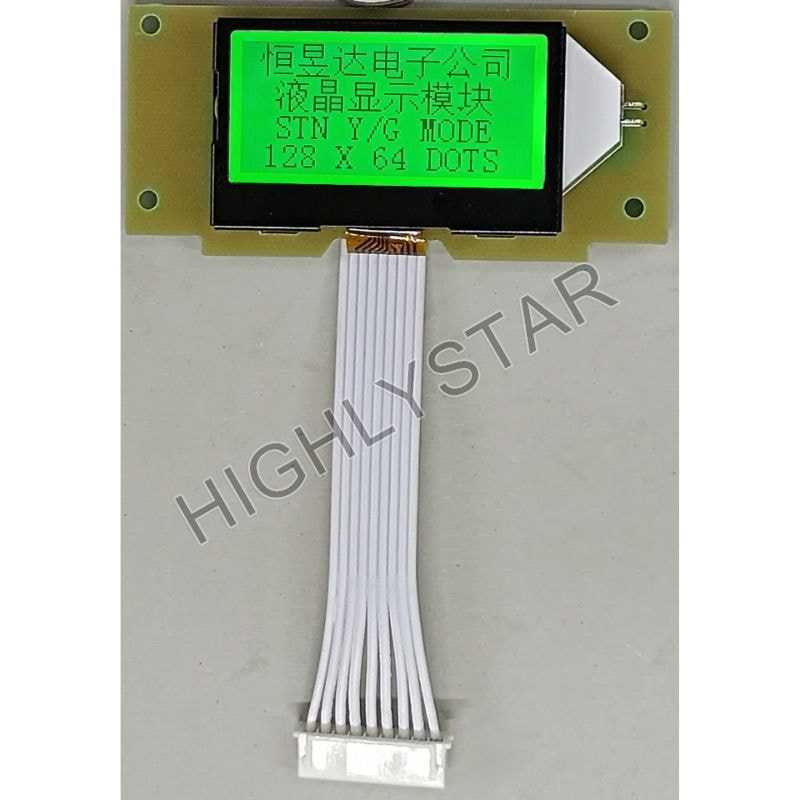

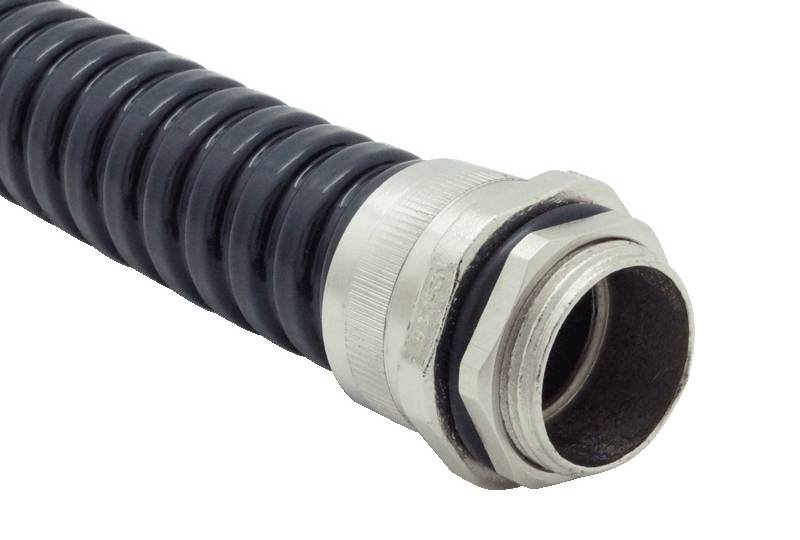
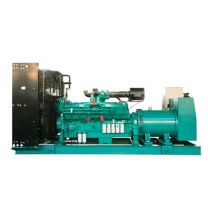
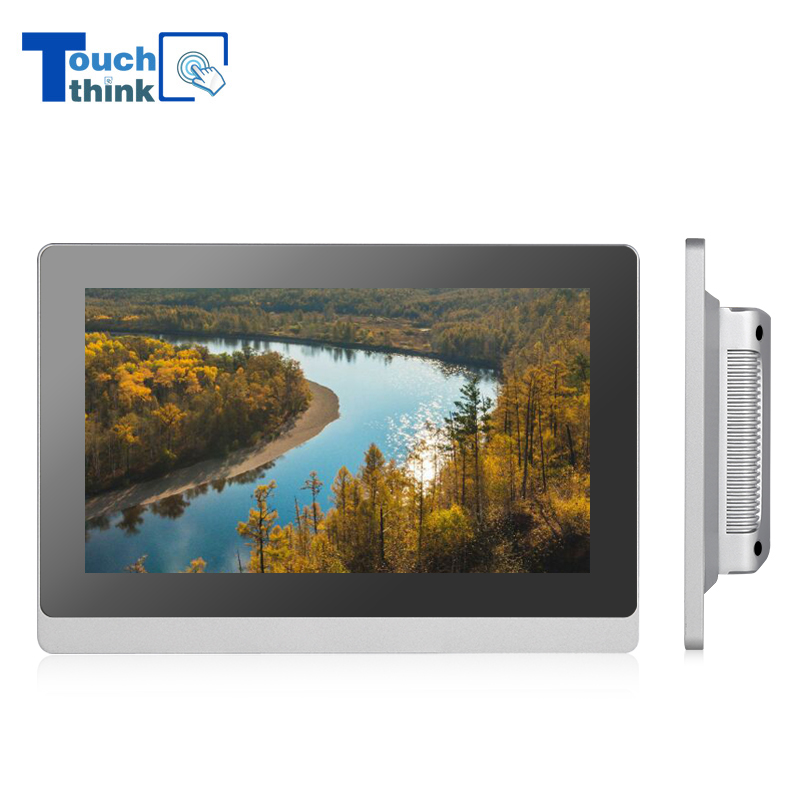

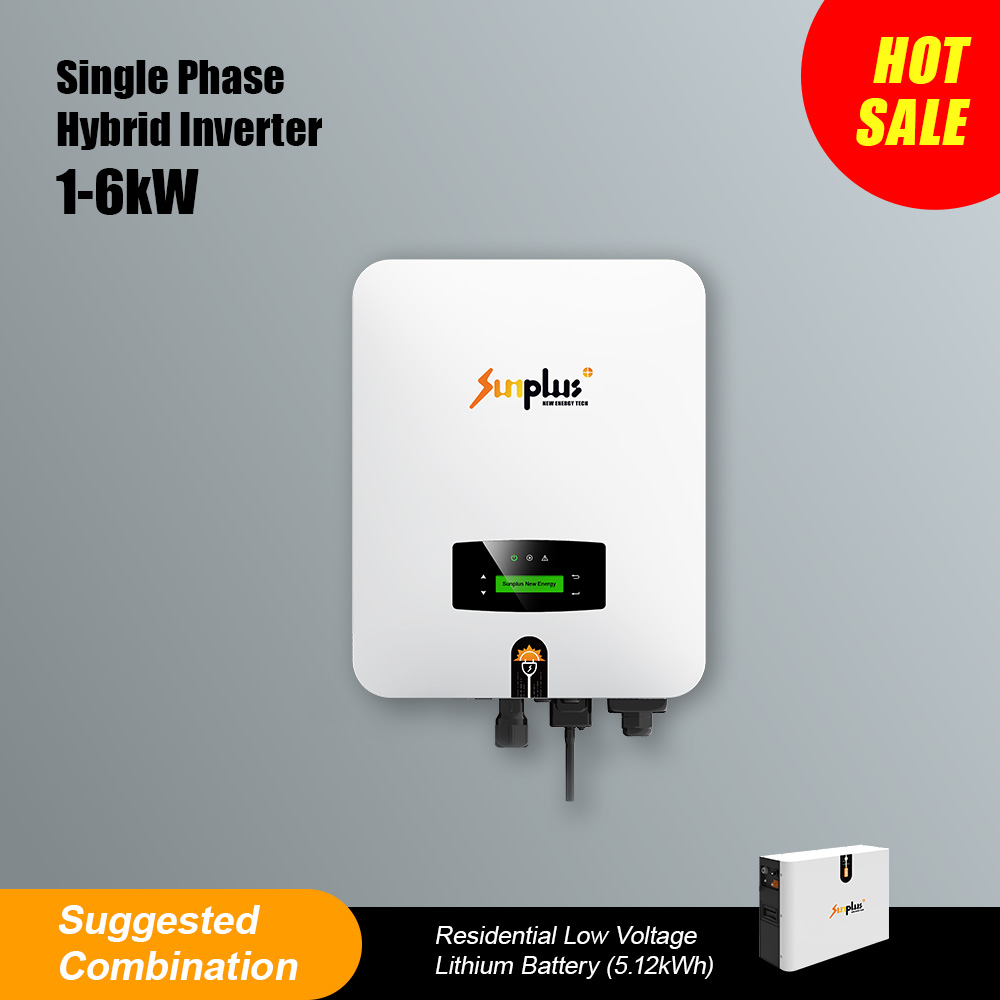

Comments
All Comments (0)